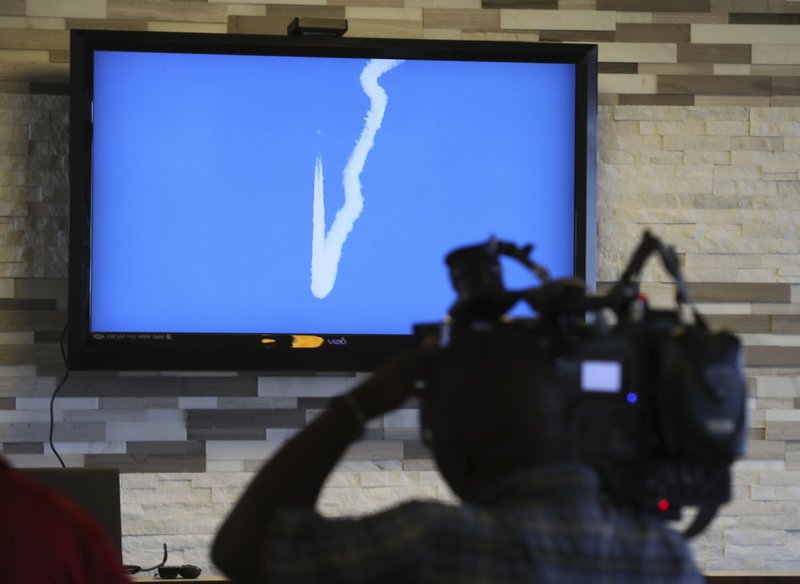GALVESTON, Texas -- NASA is monitoring how residents living near the Texas Gulf Coast react to quiet sonic booms as the space agency works on an experimental aircraft that could significantly reduce commercial flight times.
NASA launched a two-week research project Monday on quiet supersonic research flights near Galveston, the Houston Chronicle reported. NASA is flying an F/A-18 jet in a unique maneuver over the Gulf of Mexico to assess the community's response to the noise.
A spokesman said NASA officials hope the tests will produce data that can be used by the agency when testing the X-59 low boom flight demonstrator, the experimental aircraft it hopes could eventually reduce commercial flight times by half.
The Concorde, an airplane tested decades ago, could cross the Atlantic in just over three hours by traveling twice the speed of sound. But federal aviation officials banned it after residents complained about the plane's sonic boom.
NASA recruited about 500 volunteers from the Galveston area to give feedback and define the level at which they were able to hear the sonic booms from the F/A-18. The project marks "the first time in decades that we have reached out to a large community as part of our supersonic research," said Peter Coen, NASA's commercial supersonic technology project manager.
Atmospheric turbulence and humidity can affect how some areas perceive the "quiet thumps" made from the jet's special maneuver, according to NASA officials.
NASA will provide the collected public response data to the Federal Aviation Administration. The FAA has banned supersonic passenger flights over land partly because of concerns about how they'll affect communities and infrastructure.
Some Galveston residents posted on Facebook about the sonic booms on Monday, the first day of testing.
"I heard the 'quiet thump' this morning," resident Jeff Daniels wrote. "It's definitely much better than a traditional sonic boom but I wouldn't want to listen to it all the time such as regular commercial air flights. It still rattles the windows."
A Section on 11/07/2018

